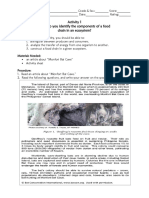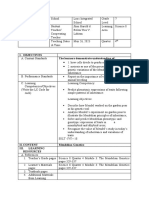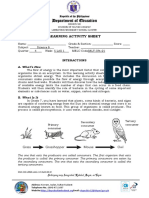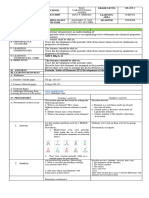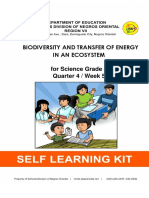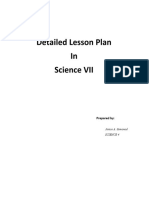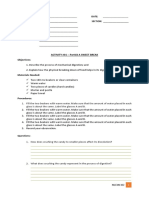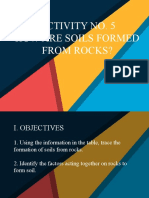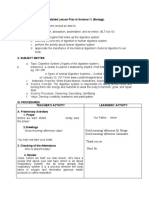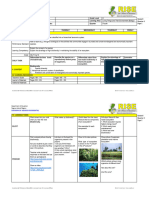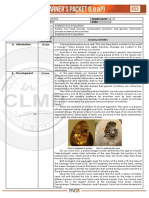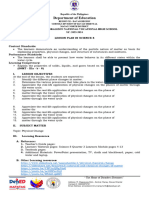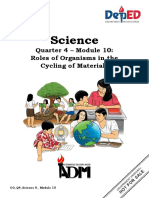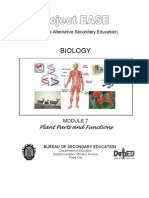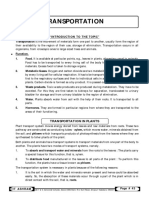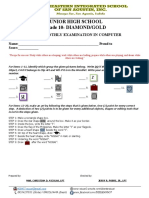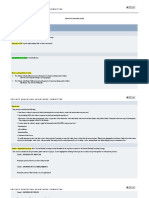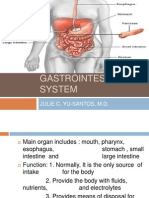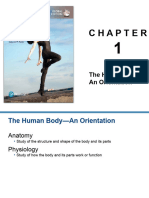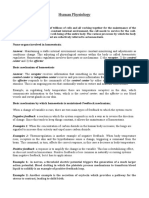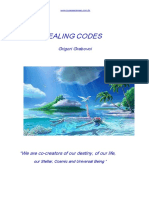0% found this document useful (0 votes)
1K views15 pagesScience 8 Week 2 Module
This document outlines a lesson plan on the plant transport system, focusing on the xylem and phloem's roles in moving water and nutrients. It includes objectives, activities, and comparisons with the human digestive system to illustrate the importance of transportation in plants. Additionally, it emphasizes the significance of understanding plant systems for academic growth and social awareness.
Uploaded by
Marc Christian NicolasCopyright
© © All Rights Reserved
We take content rights seriously. If you suspect this is your content, claim it here.
Available Formats
Download as DOCX, PDF, TXT or read online on Scribd
0% found this document useful (0 votes)
1K views15 pagesScience 8 Week 2 Module
This document outlines a lesson plan on the plant transport system, focusing on the xylem and phloem's roles in moving water and nutrients. It includes objectives, activities, and comparisons with the human digestive system to illustrate the importance of transportation in plants. Additionally, it emphasizes the significance of understanding plant systems for academic growth and social awareness.
Uploaded by
Marc Christian NicolasCopyright
© © All Rights Reserved
We take content rights seriously. If you suspect this is your content, claim it here.
Available Formats
Download as DOCX, PDF, TXT or read online on Scribd
/ 15




